6 Plants You Should Always Prune in November (and 1 to Save Until Spring)
Pruning in November? These are the plants that deserve a little TLC this month…
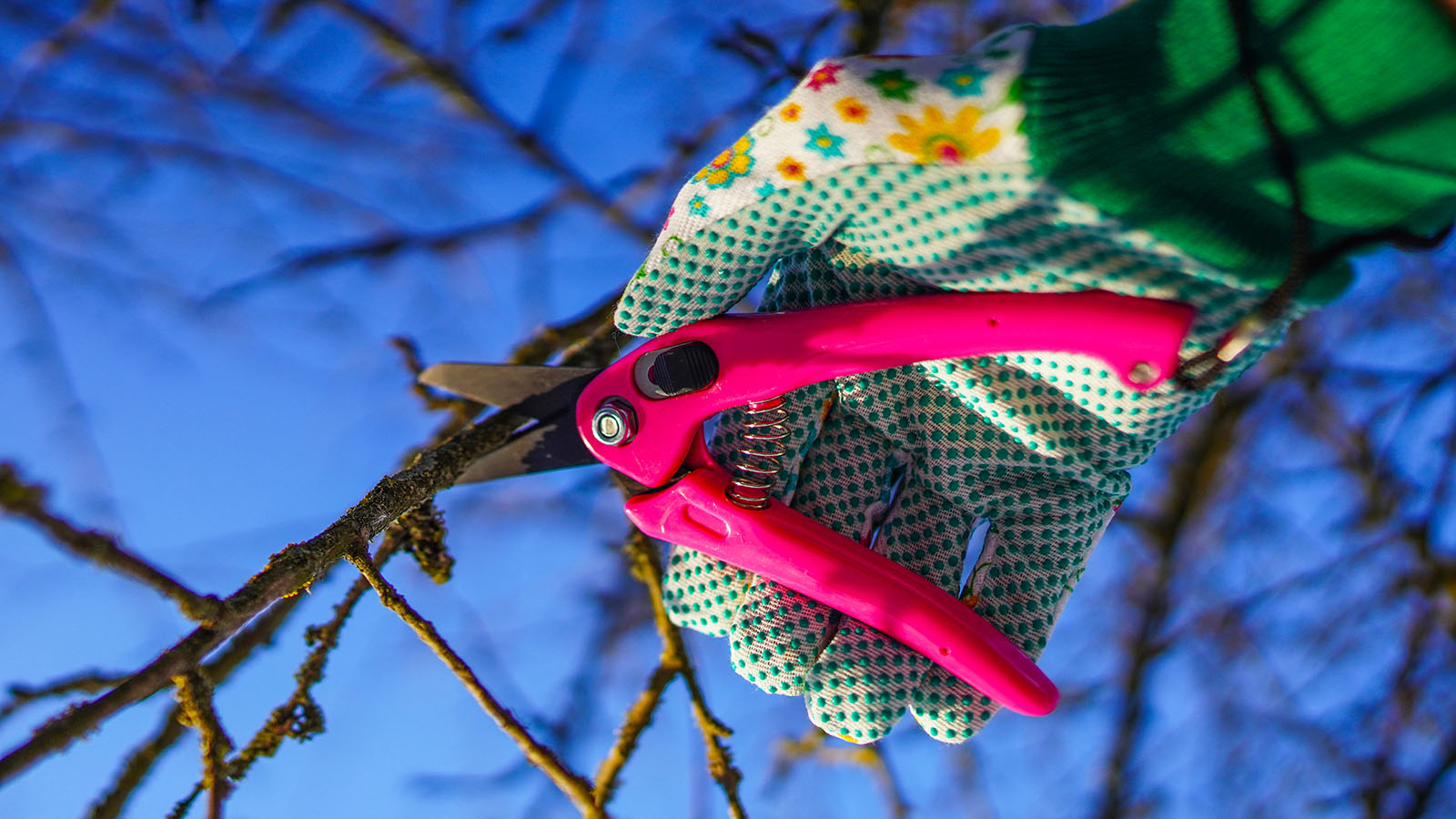

“In November, the earth is growing quiet. It is making its bed, a winter bed for flowers and small creatures,” said the late and great Cynthia Rylant – and she wasn’t wrong. Still, that doesn’t mean it’s time to stop gardening full stop; indeed, as autumn slips toward winter, it’s the perfect time to grab your pruners.
Yes, the list of plants you should always prune in November might surprise you with its length, but this month is about so much more than just tidying the last leaves. In fact, pruning now helps certain trees, shrubs, and perennials rest easy through winter and bounce back strong in spring.
It’s not just about pruning the right plants; cutting at the right time is also key. Too early and you risk frost damage, too late and you might interrupt new growth. Depending on your USDA Plant Hardiness Zone, then, November sits in that sweet spot: growth will have slowed, but it’s not quite bleak midwinter time just yet.
With that in mind, then, here’s your November pruning checklist – plus the one plant that’s better left alone until spring.
1. Apple and Pear Trees

First on our list of plants you should always prune in November? The not-so-humble apple and pear tree, of course!
The leaves on these fruit trees should have dropped by now, making the framework easy to see, and the tree safely dormant. Focus your attention on removing any dead, diseased, or crossing branches, and open up the centre so light and air can reach every part of the canopy. This helps reduce problems like canker and encourages healthy fruiting wood for next season.
Aim for strong, evenly spaced branches radiating from the main trunk, then, and sleep happy in the knowledge your year ahead will be filled with delicious homegrown fruits.
Sign up for the Gardening Know How newsletter today and receive a free copy of our e-book "How to Grow Delicious Tomatoes".
2. Amelanchier
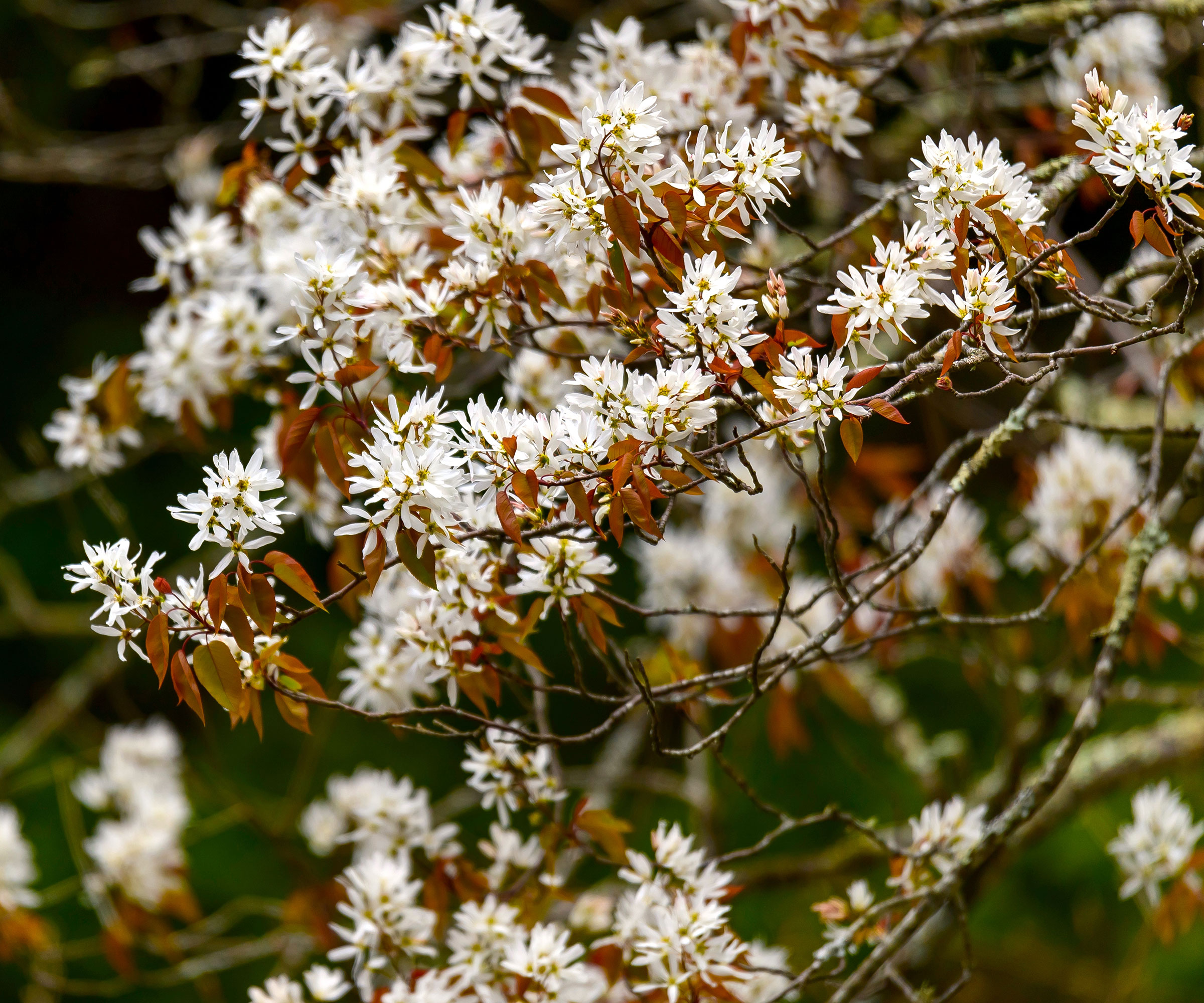
Also known as serviceberry, these elegant small trees and shrubs often develop a congested centre over time. A light prune of your amelanchier in November, though, helps maintain their graceful shape and improves airflow.
Take care to remove any dead or weak stems and thin out older growth at the base. Avoid, too, cutting hard into young wood, as this can affect next year’s delicate blossom. And always, always, always use clean, sharp tools to prevent tearing the bark, as amelanchier can be prone to dieback if damaged.
Something like Amazon’s RETAIN Organic Pruning Tool Cleaner should help you to keep things squeaky clean with very little effort.
3. Delphinium
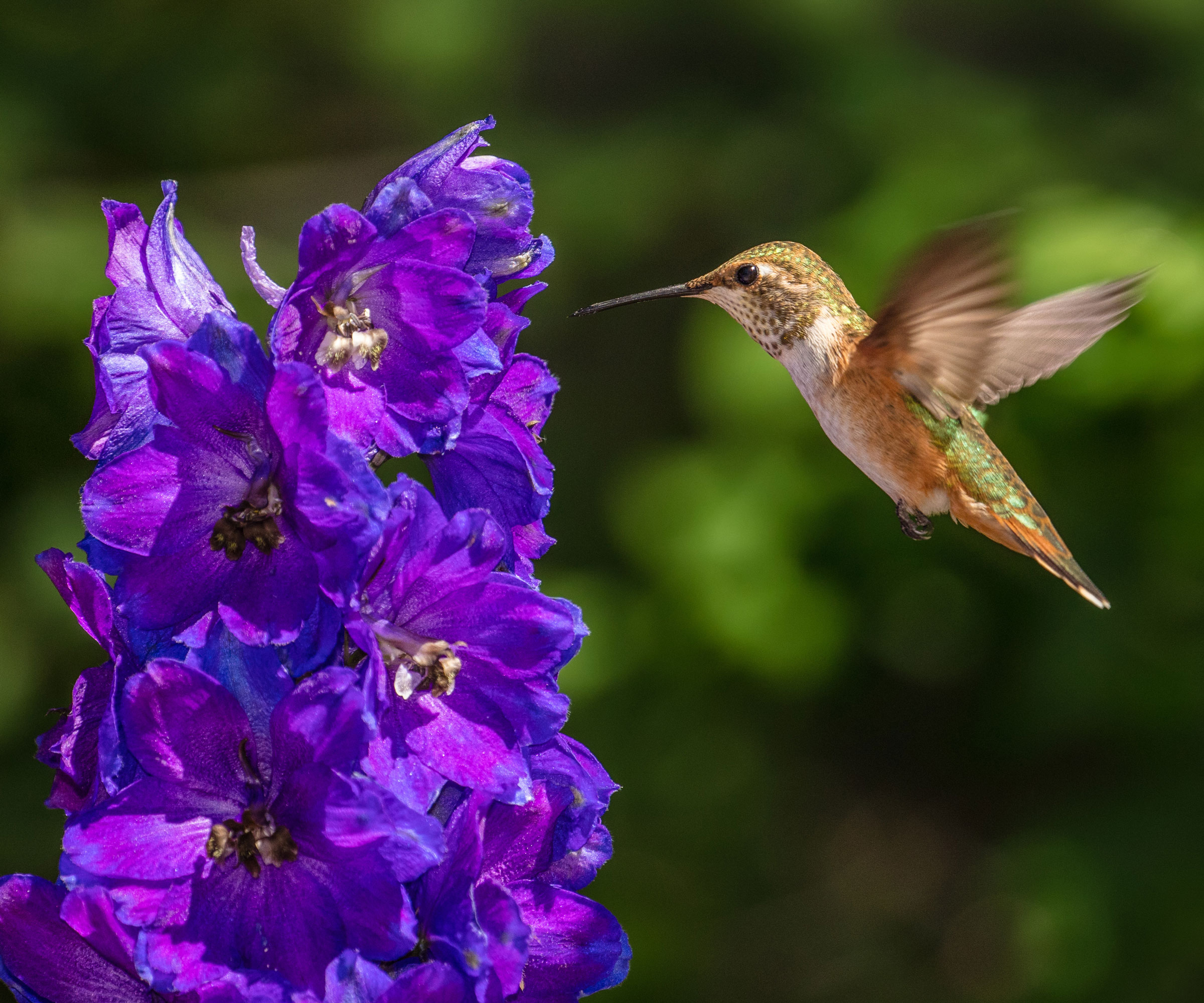
Delphiniums are also on our list of plants you should always prune in November, for those who want to do this plant’s winter care justice.
Yes, once these stately blooms have finished flowering and the foliage has started to die back, it’s time for a tidy-up (unless you want to keep your plant intact to provide winter texture to the garden).
Essentially, this means you should cut stems down to just above ground level and remove any dead leaves around the crown to reduce the risk of slugs and fungal infections. If your soil is free-draining, you should also add an organic mulch to protect the roots from frost.
Tip: take care to mark the spot with a small cane or label (these weatherproof garden markers from Amazon are ideal) so you don’t accidentally dig up dormant crowns later in winter.
4. Hydrangea
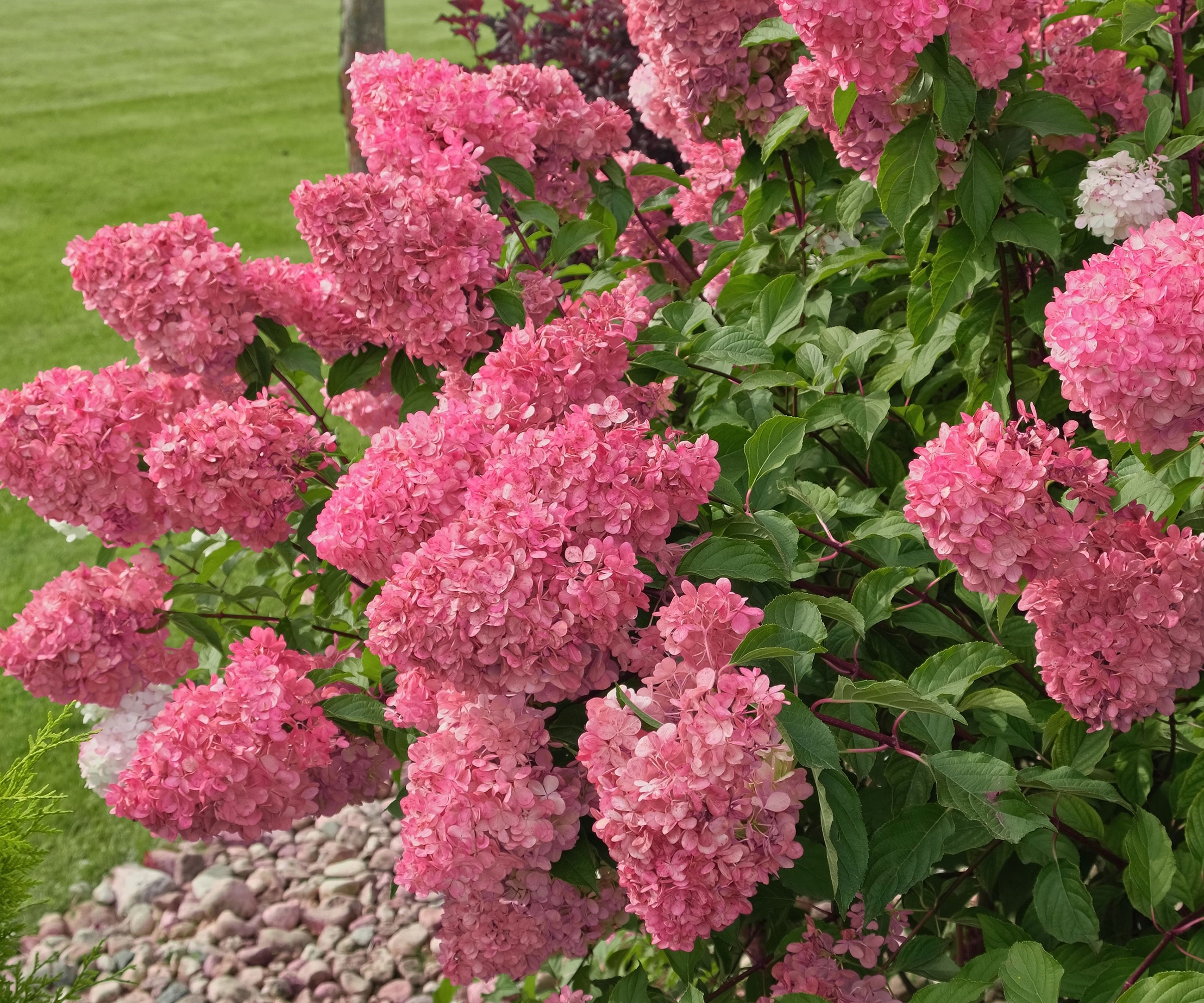
Not sure how and when to prune hydrangeas? If your hydrangea looks healthy and you planted it in a location where it can grow to its mature size, then pruning is mostly unnecessary.
That being said, Hydrangea paniculata ‘Limelight’ and Hydrangea arborescens ‘Annabelle’ flower on new wood, so pruning them in late fall won’t cost you next year’s blooms. In November, then, cut stems back by about a third to shape the plant and encourage sturdy new growth in spring.
Just take care to avoid pruning Hydrangea quercifolia (oakleaf hydrangea) at this time, as it flowers on old wood, so you’d risk losing those beautiful summer blooms. And always be sure to leave a few flower heads over winter for frost-catching beauty; they also protect the buds beneath, as an added bonus.
5. Soft Fruit Bushes
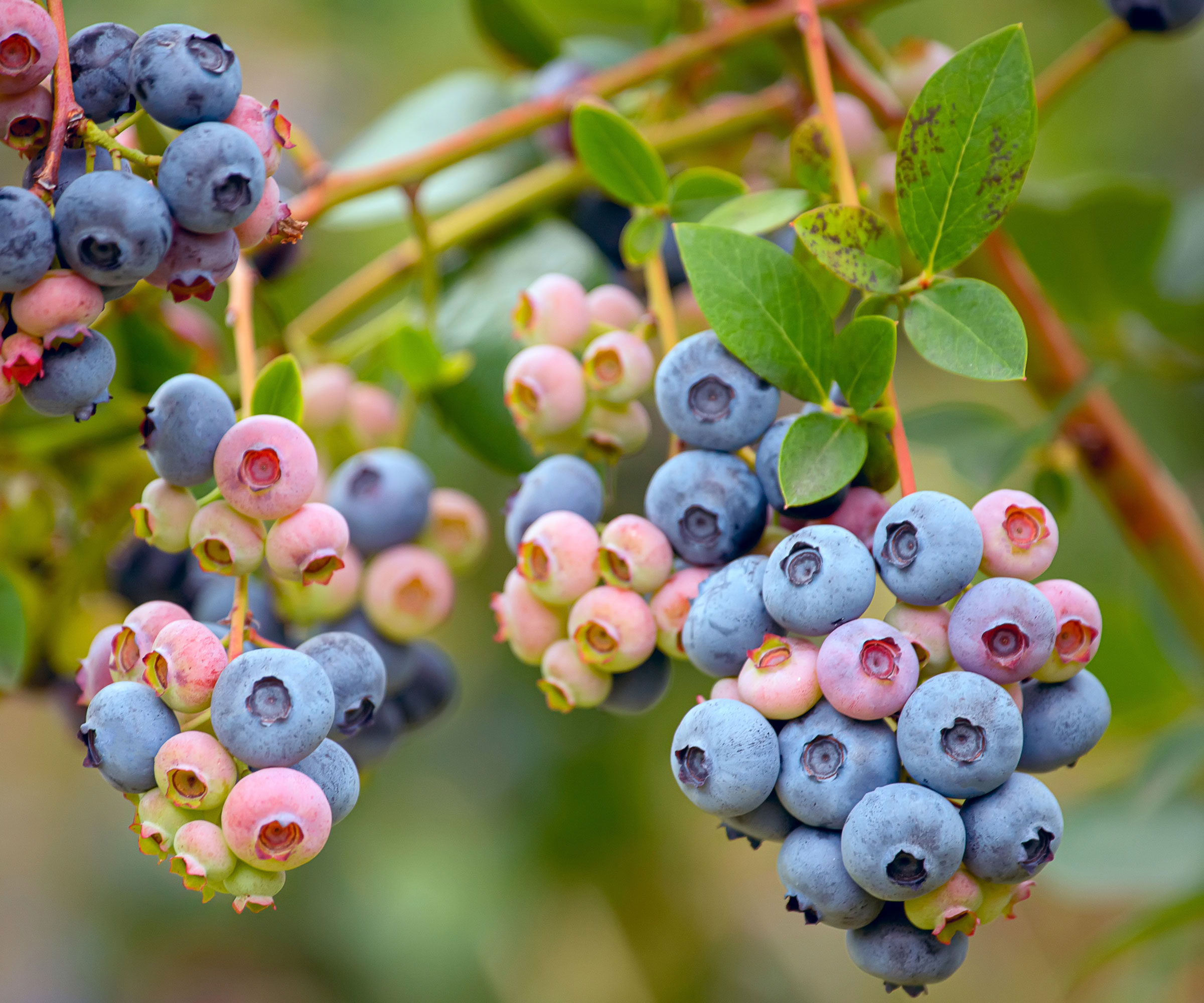
Raspberry, blackberry, and gooseberry bushes can all be trimmed or pruned in November, so long as they are summer-fruiting varieties.
Start by removing any dead, damaged, or weak wood, then thin out older stems to make way for vigorous new shoots. This improves airflow and sunlight penetration, both of which are essential for healthy, abundant crops next summer.
If you’re wondering about your blueberries, you can absolutely go for gold in November, too; just take care to avoid pruning heavily in the first two years, so the plant has time to establish.
6. Berberis
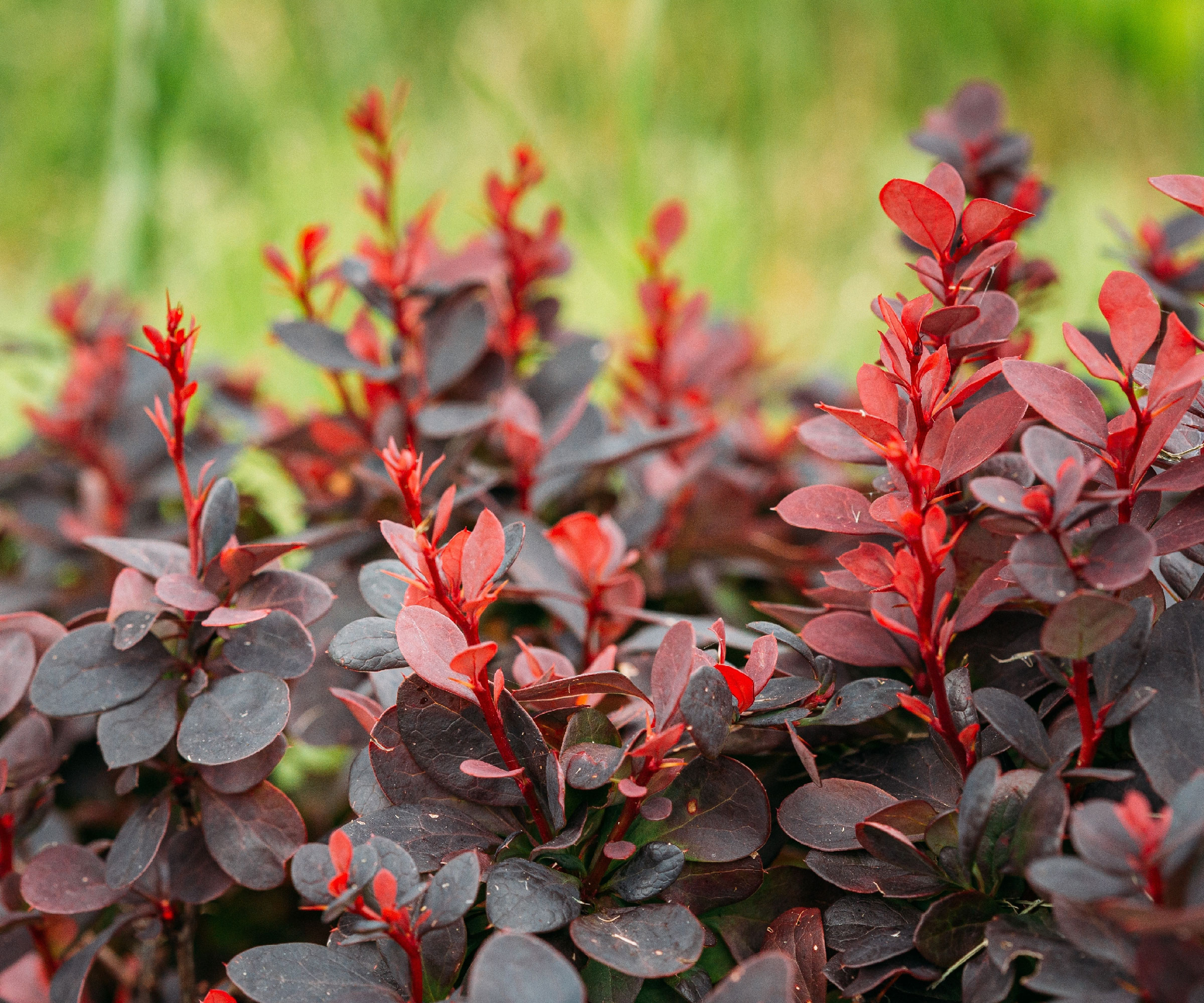
Berberis, or barberry, can become dense and spiky fast. A November trim, however, keeps it neat and manageable.
Prune back after leaf fall to shape the shrub and remove dead wood. For evergreen varieties, tidy only lightly; for deciduous ones, you can cut back harder to rejuvenate the plant. Just be sure to watch your hands; these thorns are fierce!
Gloves, then, are a must – and use something like Fiskars Loppers for Tree Trimming from Amazon to make the job easier.
The One to Save Until Spring: Roses
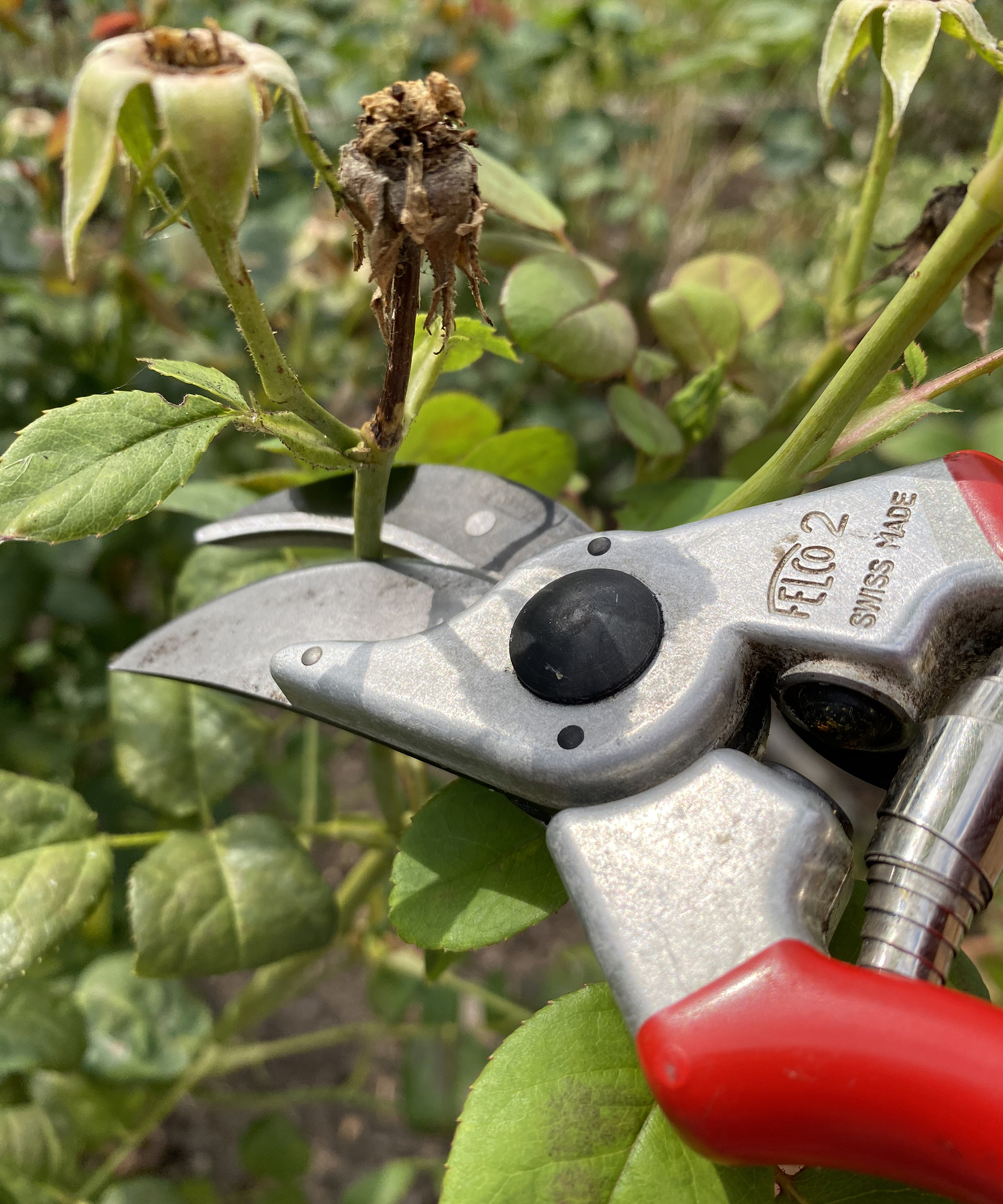
We know, we know; it’s tempting to give these beautiful bloomers a full haircut now, but resist! In fact, if you’re not sure how much to cut roses back in the fall, the answer tends to be this: only a light trim to remove any spindly, crossing, diseased, or dead sections.
Otherwise, save hard pruning for late February or March, when frosts have passed and you can shape the plant properly… unless, of course, you’re working with Knock Out Roses.
Yes, these are the exception to the rule: you should cut them back so they’re around 30 inches tall, to prevent them being wiped out by wind or heavy snow. Snip snip!
Remember, pruning is all about setting your garden up for success, so showing these plants some TLC in November should help everything stay healthy through winter and reward you with stronger growth and more flowers next year.
Don’t be disheartened, though, if you don’t have time; most should be fine to wait until late winter or early spring if needs must!

Kayleigh is an enthusiastic (sometimes too enthusiastic!) gardener and has worked in media for over a decade. She previously served as digital editor at Stylist magazine, and has written extensively for Ideal Home, Woman & Home, Homes & Gardens, and a handful of other titles. Kayleigh is passionate about wildlife-friendly gardening, and recently cancelled her weekend plans to build a mini pond when her toddler found a frog living in their water barrel. As such, her garden – designed around the stunning magnolia tree at its centre – is filled to the brim with pollinator-friendly blooms, homemade bird feeders, and old logs for insects to nest in.